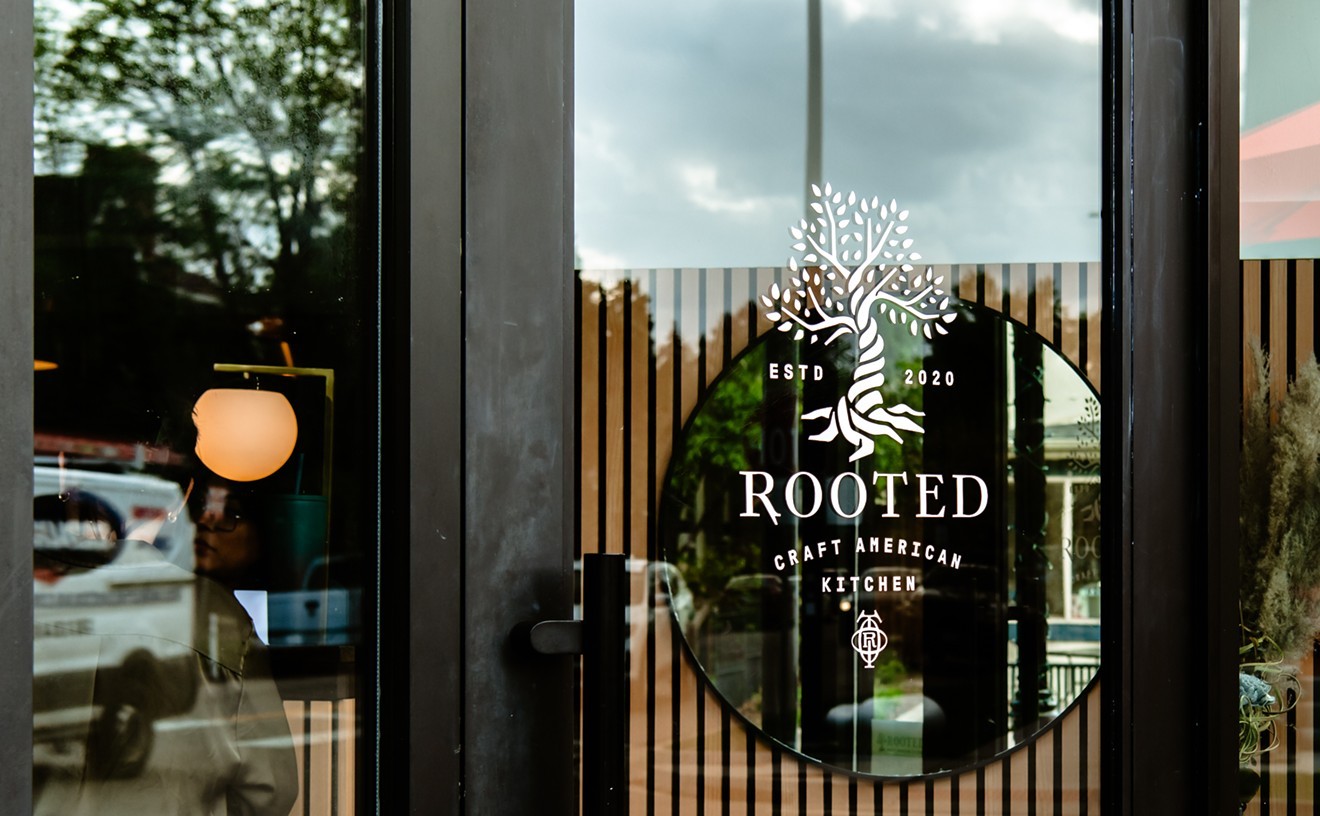I recently returned from Spain, where I toured the famous sherry-producing region of Jerez de la Frontera. I was with a select group of American bartenders who visited sherry bodegas in Jerez, Cadíz and Sanlucar de Bárrameda as guests of the Consejo Regulador (the sherry regulatory board). The experience was amazing and eye-opening.
After that trip, I want to clear some things up. First, don't relegate sherry into the "things my grandmother drinks" category; keep an open mind and try it for yourself. Sherry is a noble fortified wine that can only be produced and aged in the Jerez Superior region of Spain. The product that is produced in California and labeled "Sherry" is actually just fortified wine, and is nowhere near the quality of the wines coming out of the traditional bodegas in Spain.
There are three different grapes allowed by Spanish law to be used in sherry: Palomino Fino, Moscatel and Pedro Ximénez. They are all white grapes that flourish in the limestone-rich white albaraiza soil; the latter two grapes are used in the sweeter varieties of sherry. The aging process is unique as well. Sherry is aged in two ways: biological aging. which is done under a layer of yeasts called "flor" that protects the wine from air; and oxidative aging," in which contact with the air aids in the development of the wine. The sherry is aged in a tiered system of barrels called a solera; when wine is removed from the bottom solera, it is replaced with wine from the tier above it (the "criadera"), and that is replaced from the tier above it and so on. (The bodegas produce great brandies, too -- fodder for another article...)Sherry is a versatile, food-friendly wine and is an easy match for many cuisines. Lately, bartenders in the United States have been using sherry in cocktails, and given its many varieties, the applications seem limitless. Here is a quick guide to the main varieties of sherry, from dry to sweet:
Manzanilla: Bright, pale straw color. Delicate bouquet with hints of chamomile and almonds. Dry, fresh and delicate on the palate. Aged under flor in Sanlúcar de Barrameda.Fino: Straw yellow to pale gold in color. Light, dry and delicate on the palate, nutty finish. Aged under flor in Jerez.
Amontillado: Pale topaz to amber in color. Aroma of hazelnuts and aromatic herbs. Light and smooth in the mouth, well-balanced acidity. Fusion of both types of aging.
Oloroso: Rich amber to deep mahogany. Nutty bouquet with hints of toasted bread and tobacco. Full flavored and structured.
Palo Cortado: Chestnut to mahogany in color. Possesses the delicate bouquet of an Amontillado with the body and the palate of an Oloroso.Pedro Ximénez: Dark ebony color. Extremely rich nose of dried figs, raisins and dates. Velvety in the mouth with a lingering, tasty finish.
Moscatel: From chestnut to intense mahogany. The floral characteristics of the Moscatel grape stand out in the nose; Jasmine, orange blossom and honeysuckle, with some citric notes as well.
Some brands I recommend: the Lustau, Tradicion, La Gitana, La Ina, Solear, Tio Pepe and La Guita.
Cheers!
Post your questions for Sean Kenyon below, or write [email protected].










